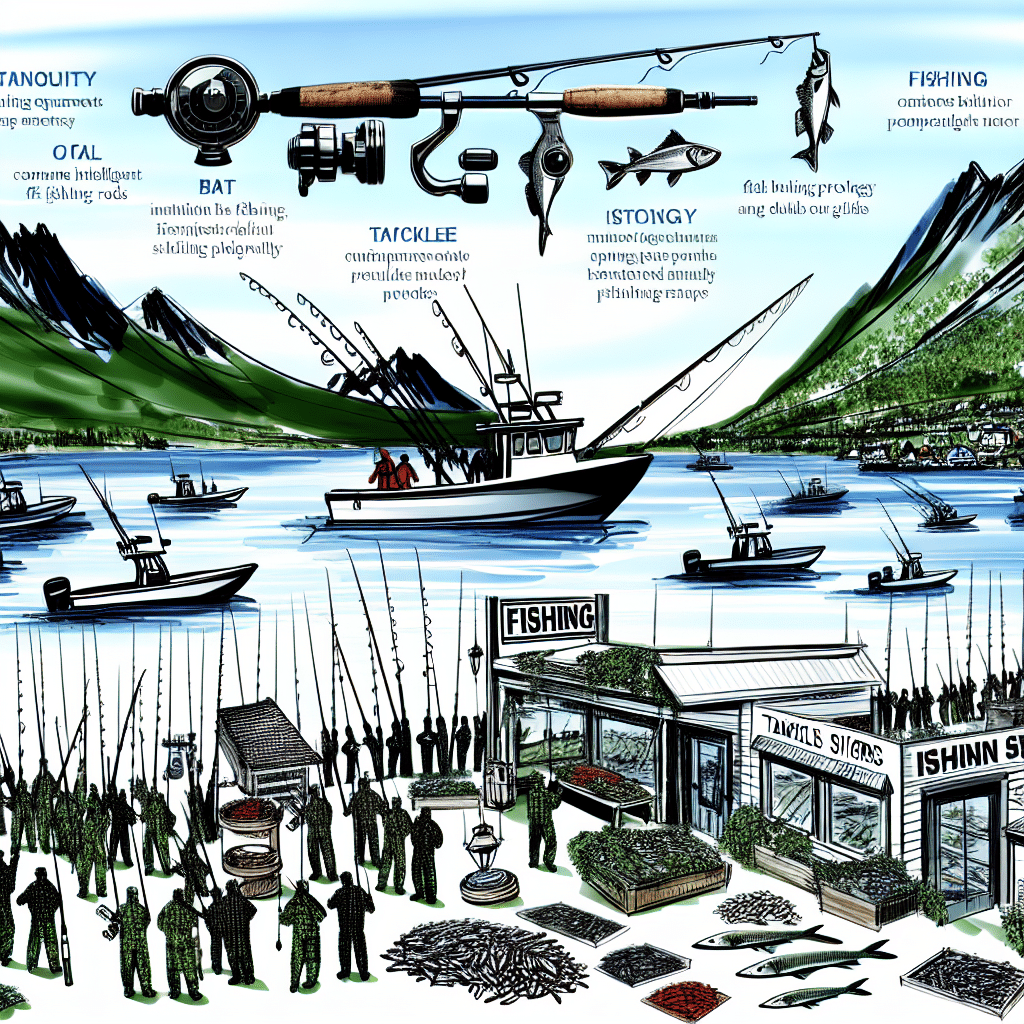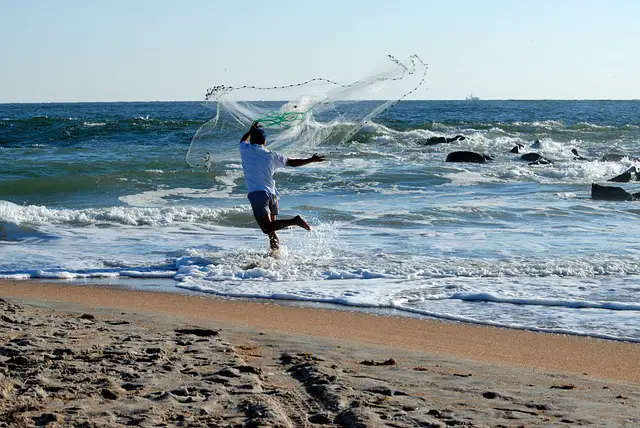The angling trade, a cornerstone of outdoor recreation and local economies alike, is a vibrant industry that offers much more than just a peaceful day by the water. From manufacturers of high-end fishing gear to local bait shops, the angling trade encompasses a diverse array of businesses and services. This article delves into the underlying components and current trends within the angling trade, and explores why this time-honored pastime continues to cast a wide net in today’s market.

What’s Inside the Angling Trade?
Manufacturers and Equipment
The backbone of the angling trade lies in its manufacturing sector. High-quality rods, reels, lines, and lures are essential tools for both amateur and professional anglers. Companies like Shimano, Daiwa, and Pure Fishing have long dominated the market, continually innovating with cutting-edge technology. The development of lightweight, durable materials has transformed fishing rods and reels, making them more efficient and easier to use.
Innovations are not limited to rods and reels. High-tech fish finders and GPS systems have revolutionized the way anglers locate fish. Not only do these tools make fishing more enjoyable, but they also contribute to higher success rates, encouraging more people to take up the sport.
Bait and Tackle Shops
Local bait and tackle shops play a significant role in the angling trade. These small businesses offer unique, localized expertise that larger retailers often cannot provide. Many of these shops also sell live bait, which is essential for certain types of fishing. The relationship between the angler and their local bait shop is often personal, with shop owners providing tips and advice based on years of experience.
Fishing Charters and Guides
Fishing charters and guides represent another crucial sector of the angling trade. Whether it’s a deep-sea fishing expedition or a serene day on a freshwater lake, professional guides offer expertise and equipment, making the experience accessible for people at all skill levels. These services not only enhance the customer experience but also contribute significantly to local tourism economies.
Why Is the Angling Trade Growing?
Economic and Social Factors
Various socioeconomic trends are fueling the growth of the angling trade. In times of economic uncertainty, many people turn to affordable, local forms of entertainment, and fishing fits perfectly into this niche. With minimal initial investment, fishing can offer numerous long-term benefits, including relaxation and family bonding opportunities.
Environmental Awareness and Conservation
Environmental awareness has also played a role in the growth of the angling trade. Many modern anglers are concerned about sustainability and are conscientious about catch-and-release practices. Initiatives like the “Take Me Fishing” campaign aim to educate anglers about responsible fishing practices and the importance of preserving aquatic ecosystems. Such campaigns often partner with angling trade businesses to promote sustainable fishing and conservation efforts.
Challenges in the Angling Trade
Overfishing and Environmental Concerns
Despite its growth, the angling trade faces significant challenges, particularly related to overfishing and environmental degradation. Overfishing can deplete fish populations, threatening the sustainability of the industry. This issue has prompted stricter regulations and catch limits, which affect commercial and recreational fishing alike.
Competition and Market Saturation
Another challenge is the increasing competition and market saturation. With the rise of e-commerce, traditional bait and tackle shops face stiff competition from online retailers. While convenience plays a major role, local businesses often find it difficult to compete on price and variety.
Future Trends in the Angling Trade
Technological Integration
The future of the angling trade appears to be closely tied to technological advancements. Smart fishing rods equipped with sensors, augmented reality apps that identify fish species, and even AI-driven fishing guides are on the horizon. These innovations are expected to attract a younger, tech-savvy audience, thereby broadening the market.
Sustainable Practices
Sustainability will continue to be a significant focus. More companies are investing in eco-friendly products, from biodegradable lures to sustainable fishing lines. As consumers become more environmentally conscious, the demand for such products is likely to increase.
Community Engagement
Community initiatives aimed at engaging younger generations will also shape the future of the angling trade. Programs designed to teach children and teens how to fish are gaining popularity, ensuring that the love for fishing is passed down through generations.
Conclusion
The angling trade, a multifaceted industry that touches millions of lives, is more than just a business; it’s a cultural phenomenon. From high-tech equipment manufacturers to local bait shops and fishing charters, the industry is built on a foundation of tradition, innovation, and community. While challenges like environmental concerns and market competition loom, the future is ripe with opportunities for growth and sustainability. By embracing technological advancements and prioritizing conservation, the angling trade can continue to thrive, ensuring that the joy of fishing remains accessible to future generations.
The angling trade is indeed a testament to human ingenuity and our enduring love for nature. As long as people seek the tranquility and thrill that fishing offers, this trade will keep casting its line into the future.



